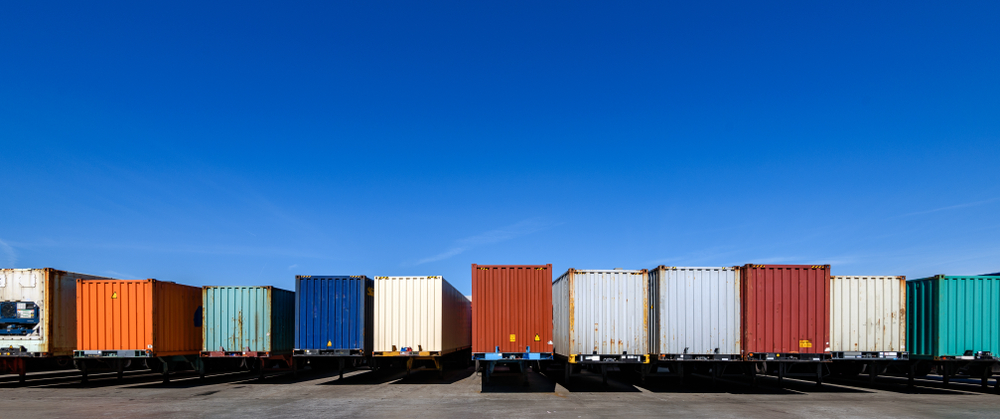Managing Consolidated Freight Transportation Risks: A Guide for Shippers
- Chapter I: Introduction
- Chapter II: Why Consolidated Freight Transportation is Key to Your Business Success
- Chapter III: Assessing Potential Risks and Challenges w/ Consolidated Freight Shipping
- Chapter IV: Current Trends and Emerging Technologies for Managing Risk
- Chapter V: Getting Started with Cargobot Pool: A Step-by-Step Guide
Introduction

Consolidated freight transportation is a game-changer in the logistics industry, offering numerous benefits to shippers. A recent study concluded that partial freight transportation can reduce costs by up to 30%.
However, managing the associated risks is crucial for a smooth and efficient process. In this guide, we'll discuss:
- Why consolidated freight transportation is key to your business success
- Assessing potential risks and challenges w/ consolidated freight shipping
- Implementing effective risk management strategies for consolidated freight shipping
- Current trends and emerging technologies for managing risk
- Implementing risk management strategies using emerging technologies
- Exploring Cargobot Pool, a cutting-edge solution for 2023 and beyond
Why Consolidated Freight Transportation is Key to Your Business Success
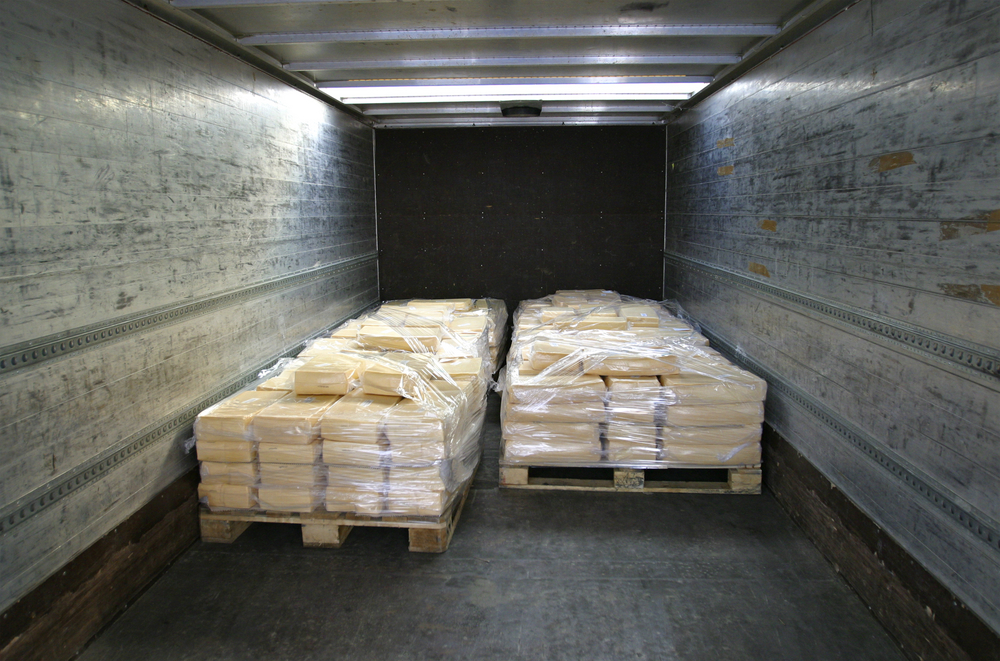
Consolidated freight transportation has become increasingly crucial for companies shipping refrigerated and frozen cargo due to its numerous benefits.
This shipping method combines multiple smaller shipments into one, reducing costs, increasing efficiency, and minimizing the risk of damage during transit.
Let's explore why consolidated freight transportation is essential for businesses dealing with temperature-sensitive goods.
1) Cost Savings
Consolidated freight movement is a game-changer for businesses looking to save on shipping costs. By combining multiple shipments into a single transport unit, companies can benefit from the following advantages:
- Reduced shipping rates: Consolidating shipments allows for better utilization of available space, leading to lower rates per unit.
- Economies of scale: As the volume of shipments increases, carriers can offer lower prices due to the efficiencies gained from handling larger loads.
- Lower risk of damage: With fewer handlings, the chance of damage to goods during transit is minimized.
Embracing consolidated freight movement is a smart way to optimize shipping costs and increase profitability.
2) Increased Efficiency
Consolidation can reduce transportation costs and improve efficiency in the shipping process.
Rather than managing multiple individual shipments, companies can coordinate one consolidated shipment, reducing administrative work and streamlining logistics.
This leads to faster transit times and fewer delays, improving customer satisfaction.
3) Improved Sustainability
Consolidated freight transportation is also beneficial for the environment. By reducing the number of trucks on the road, companies can decrease their carbon footprint and contribute to a cleaner planet.
Supporting content
Assessing Potential Risks and Challenges w/ Consolidated Freight Shipping
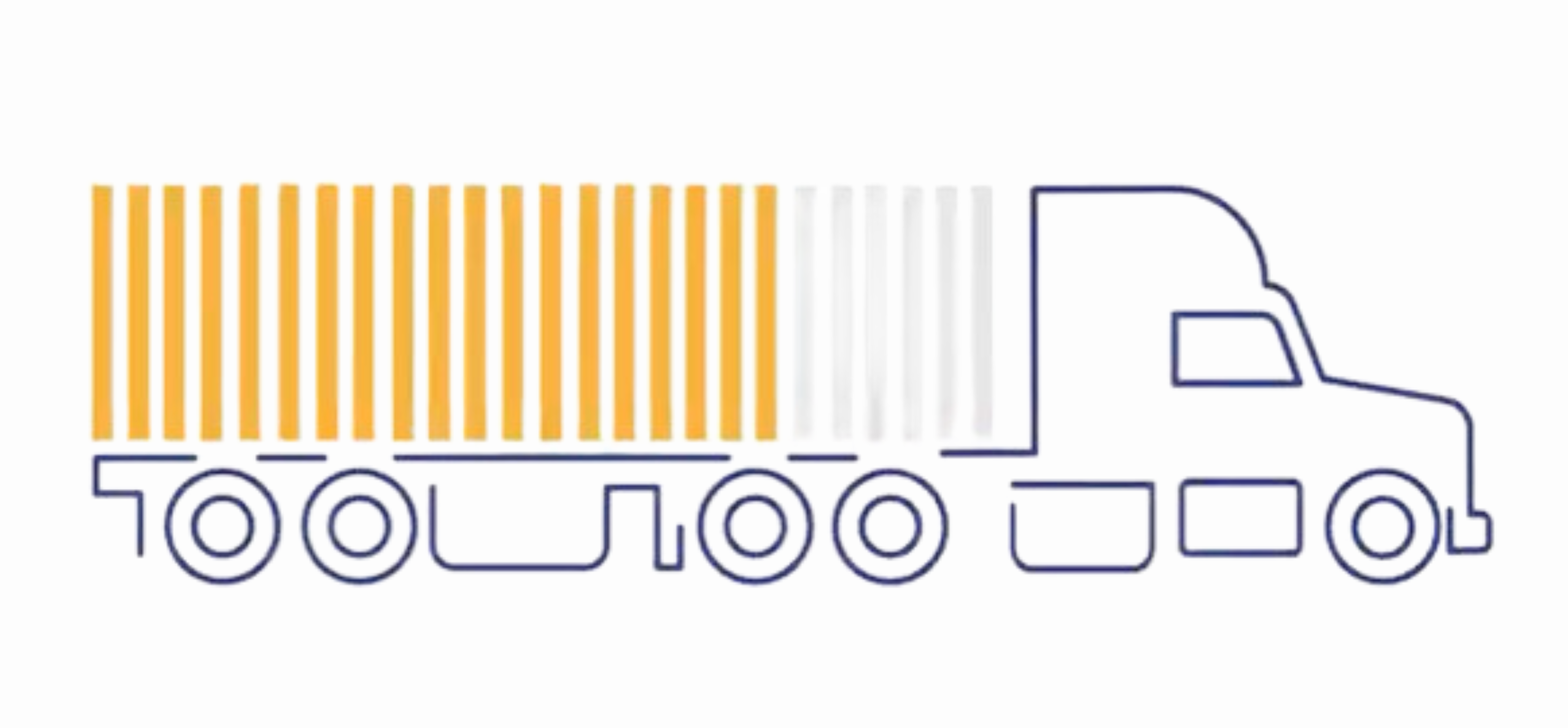
While consolidated freight transportation offers numerous benefits, assessing potential risks and challenges is essential before implementing it into your logistics strategy. These may include:
1) Delays Due to Missed Pick-Ups or Drop-Offs
Missed pick-ups or drop-offs can result in delays and disruptions to the shipping process.
Shippers should establish clear communication protocols with carriers and receivers to ensure timely pick-ups and deliveries.
2) Disruptions Due to Weather or Other Unforeseen Circumstances
Weather events and other unforeseen circumstances can cause disruptions to the shipping process, leading to delays and potential damage to goods.
Shippers should have contingency plans to mitigate these events' impact and ensure timely delivery of goods.
3) Loss or Damage to Goods During Transit
Consolidated freight transportation combines multiple shipments into one transport unit, increasing the risk of loss or damage to goods during transit.
Shippers should partner with reliable carriers and invest in real-time tracking technology to prevent loss or damage to goods.
4) Miscommunications Between Shippers, Carriers, and Receivers
Miscommunications between shippers, carriers, and receivers can lead to delays and disruptions in shipping.
Shippers should establish effective communication protocols and ensure all parties know the expectations and procedures for handling and delivering cargo.
Shippers can develop effective strategies to mitigate potential risks and ensure a smooth shipping process by identifying potential risks.
Implementing Effective Risk Management Strategies for Consolidated Freight Shipping
To effectively manage risks associated with consolidated freight transportation, shippers should consider implementing the following strategies:
1) Partner with Reliable Carriers
Partnering with reliable carriers is crucial in minimizing the risk of disruptions and delays. Shippers can manage these risks by working with reliable carriers.
Before selecting a carrier, shippers should conduct thorough research and assess their reputation, experience, and safety records.
2) Invest in Real-Time Tracking Technology
Investing in real-time tracking technology can give shippers visibility and control over their shipments. This technology allows for real-time cargo monitoring, helping prevent loss or damage.
3) Implement Effective Communication Protocols
Effective communication is vital to a thriving shipping process. Shippers should establish clear communication protocols with carriers and receivers, outlining expectations and procedures for handling and delivering cargo.
Supporting content
Current Trends and Emerging Technologies for Managing Risk

The logistics industry is constantly evolving, and new technologies and trends are emerging to help shippers manage risks associated with consolidated freight transportation.
Here are some of the latest developments:
1) Data Analytics & Artificial Intelligence
One of the current trends in consolidated freight transportation is the use of data analytics and artificial intelligence. Shippers increasingly rely on predictive analytics to optimize their supply chain and reduce costs.
AI-powered tools can help shippers identify the most efficient routes, modes of transportation, and carriers for their shipments. This can lead to improved delivery times, reduced transportation costs, and better customer satisfaction.
2) An Adoption of Blockchain Technology
Another trend is using blockchain technology to improve visibility and security in the supply chain.
Blockchain can provide a secure and transparent way to track shipments and share information among different parties in the supply chain.
This can help reduce the risk of fraud, errors, and delays. Some companies are also exploring using smart contracts, which can automate specific processes and reduce the need for intermediaries.
3) The Use of Autonomous Vehicle Technology
Emerging technologies in consolidated freight transportation include autonomous vehicles and drones.
While these technologies are still in the early stages of development, they have the potential to revolutionize the way goods are transported.
Autonomous trucks and drones can operate 24/7 and do not require breaks or rest periods, leading to faster and more efficient deliveries.
However, regulatory and safety concerns must be addressed before these technologies can be widely adopted.
4) A Rise in Collaborative Logistics & Freight Pooling
Finally, there is a growing interest in collaborative logistics and freight pooling.
This involves multiple shippers sharing space on a single truck or container to reduce transportation costs and improve sustainability.
Freight pooling can also help reduce empty miles and improve asset utilization. Some companies use digital platforms to facilitate freight pooling, making it easier for shippers to find partners and coordinate shipments.
Implementing Risk Management Strategies Using Emerging Technologies
While emerging technologies can help shippers manage risk in consolidated freight transportation, implementing these solutions can be challenging.
Here are some tips for implementing risk management strategies using emerging technologies:
1) Partner with Experienced Providers
Partnering with experienced providers can help shippers effectively implement emerging technologies for risk management.
These providers can guide selecting the right technologies for their specific needs and ensure the implementation process goes smoothly.
2) Develop a Clear Implementation Plan
Developing a clear implementation plan is crucial to effectively utilizing emerging technologies for risk management.
This plan should outline the steps to implement the technology, including training, testing, and integration with existing systems.
3) Establish Key Performance Indicators (KPIs)
Establishing KPIs can help shippers measure the success of their risk management strategies using emerging technologies.
These KPIs should be aligned with specific business objectives and regularly monitored to ensure an effective strategy.
4) Conduct Regular Audits
Regular audits can help shippers identify potential risks and areas for improvement in their risk management strategies.
These audits should include an assessment of the effectiveness of the emerging technologies being used and should be used to refine the implementation plan.
By following these tips, shippers can effectively implement emerging technologies for risk management and ensure a successful consolidated freight transportation process.
Supporting content
Getting Started with Cargobot Pool: A Step-by-Step Guide
![]()
Additionally, this platform lets you streamline freight movement, reduce costs, and improve operational efficiency for businesses of all sizes. Our product specifically benefits refrigerated and frozen cargo shipping.
Here's how to get started with Cargobot Pool:
1) Determine if Cargobot Pool is Right for Your Business
Cargobot Pool is an innovative digital solution that optimizes space and consolidates dry and refrigerated cargo for multiple users, turning multiple LTL shipments into one full truckload.
Our load matching and merging system ensures worry-free transportation, minimizing the risk of damage or product spoilage.
Our ideal users would be companies in the food industry, specifically those involved in producing and distributing perishable and non-perishable food products.
This includes but is not limited to farmers, food manufacturers, distributors, wholesalers, and retailers.
2) Understand the Benefits of Cargobot Pool
By utilizing Cargobot Pool's consolidation services, businesses can enjoy a range of benefits that include:
Lower Transportation Costs
Consolidating shipments with Cargobot Pool can help businesses save on transportation costs.
PTL shipments typically have fewer handling requirements and can be more efficiently consolidated and transported, resulting in lower transportation costs of up to 10-15% compared to LTL.
Some estimates state consolidated freight transportation can reduce transportation costs by up to 30%.
Reduced Transit Times
Cargobot Pool's real-time freight consolidation for PTL freight provides a focused solution that moves cargo more efficiently.
PTL shipments are typically larger and can be transported more quickly and efficiently, resulting in reduced transit times of up to 25% compared to LTL.
Consolidated freight transportation can even reduce transportation costs by up to 30%.
More Flexibility
PTL shipments offer more flexibility than LTL shipments and can be customized to meet specific shipping requirements.
These options often include more specific delivery times, specialized equipment or handling requirements, and other customization options.
Reduced Risk of Damage or Loss
PTL shipments are typically handled less than LTL shipments, reducing the risk of damage or loss and lowering claims and insurance costs.
Better Visibility and Tracking
Cargobot Pool's real-time tracking technology gives shippers real-time visibility into their shipments' location and status, enabling them to manage their supply chain and logistics operations better, resulting in improved efficiency and reduced costs.
3) Understand the Benefits of PTL Shipments
Cargobot Pool offers real-time freight consolidation for partial truckload freight, providing a focused solution that moves cargo more efficiently.
PTL shipments typically have fewer handling requirements and can be more efficiently consolidated and transported, resulting in lower transportation costs of up to 10-15% compared to LTL.
PTL shipments are typically larger and can be transported more quickly and efficiently, resulting in reduced transit times of up to 25% compared to LTL.
Partial truckload offers more flexibility than LTL shipments and can be customized to meet specific shipping requirements, including specific delivery times, specialized equipment or handling requirements, and other customization options.
PTL shipments are typically handled less than LTL shipments, reducing the risk of damage or loss and lowering claims and insurance costs.
PTL loads typically also have better visibility and tracking capabilities than LTL shipments, which can help shippers better manage their supply chain and logistics operations, improving efficiency and reducing costs.
4) Contact Cargobot Pool for a Personalized Quote
If you think that Cargobot Pool is the right solution for your business, you should contact us for a quote.
We'll work with you to understand your specific shipping needs and develop a customized solution that meets those unique goals.
Our team will also be able to guide you in implementing your solution effectively, making sure you get the most out of our services.
5) Enjoy the Benefits of Cargobot Pool
By partnering with Cargobot Pool, businesses can access a nationwide network of screened carriers, save more time, streamline their operations, and positively impact our global climate.
Our innovative algorithms consolidate shipments, allowing businesses to move more loads and enjoy more optimized routes.
Our digital solution minimizes the risk of damage or product spoilage, ensuring worry-free transportation.
Cargobot Pool offers a smarter, more efficient way to move cargo, saving businesses time and money.
Manage Consolidated Freight Transportation Risks More Effectively Today
The global freight transportation market is projected to reach $8.19 trillion by 2027. Managing consolidated freight transportation risks is crucial for shippers to ensure efficient operations and cost savings.
By staying proactive, embracing technology, and partnering with a reliable platform like Cargobot Pool, you can optimize your supply chain for 2023 and beyond.
Don't wait any longer; take the first step towards improved consolidated freight operations by giving Cargobot Pool a try today!
From Our Blog
Stay up to date with what is new in our industry, learn more about the upcoming products and events.
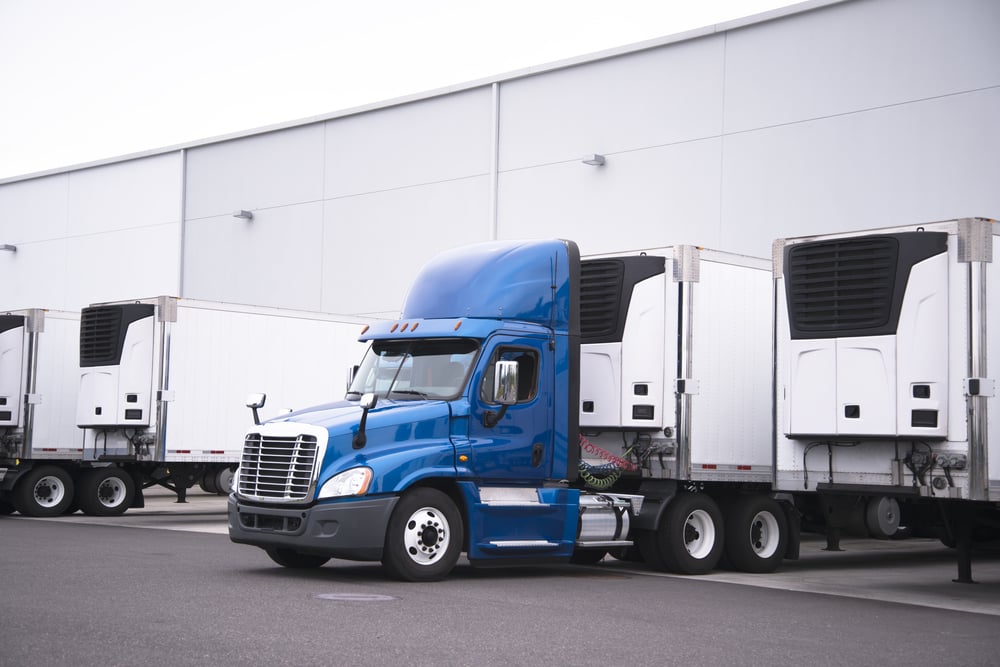
The Ultimate Guide to Cold Chain Shipping: Ensuring Temperature-Sensitive Shipments Stay Safe
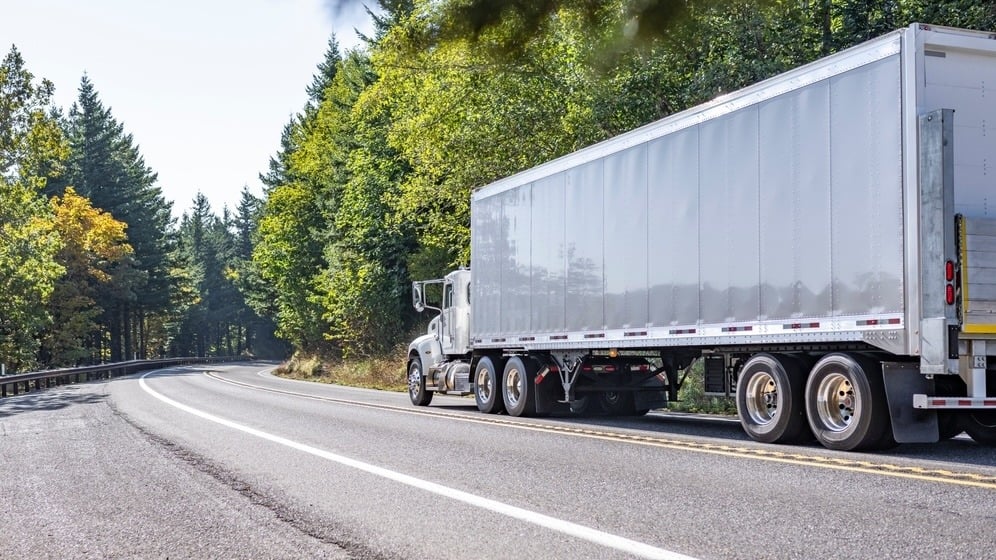
Refrigerated LTL Carriers: The Smartest Way for Cargo Shippers to Transport Temperature-Sensitive Freight
